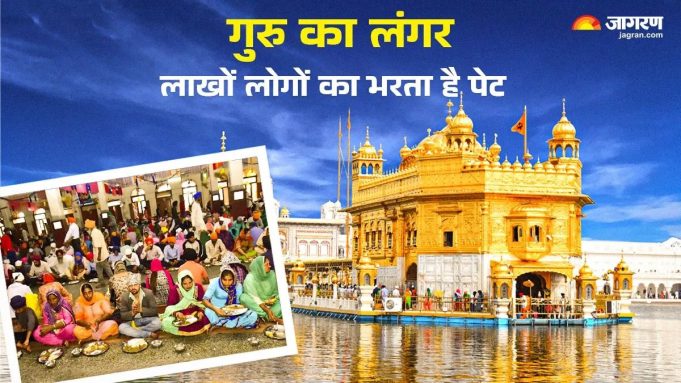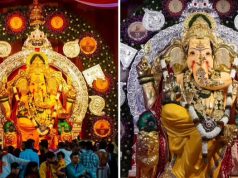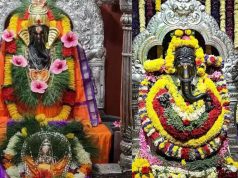As you all know, India is a country of diversity. In India, you will find many places to visit which are very beautiful, in the same way, there are many temples and gurudwaras here which have made their distinct identity in the whole world. One of them is the Golden Temple of Amritsar in Punjab.
This is the most sacred pilgrimage site of Sikhism. Apart from this, the Golden Temple is also known as Shri Harmandir Sahib. There is a pond near the Golden Temple, which is called Amrit Sarovar. It is believed that a person gets spiritual benefits by bathing in this pond. Langar is also served daily in the Golden Temple. The ‘Guru ka Langar’ service running here is considered to be the world’s largest free kitchen.
It is said that one lakh devotees eat langar here every day. On some special occasions, this number reaches up to one and a half to two lakhs. Its specialty is that this langar runs for 24 hours and seven days. Let us know some important things related to langar in detail-
The tradition and purpose of Langar
Let us tell you that this langar was started by Guru Nanak Dev Ji in the year 1481. Its purpose was that every person, irrespective of his religion, caste, class, could sit together and eat food equally. This is not just food, but is also considered a symbol of equality and spirit of service.
How does this huge anchor work?
Two big halls have been built in the Golden Temple , where thousands of people sit together and eat food in every shift. The food is completely free and the responsibility of service rests on the shoulders of hundreds of volunteers. The interesting thing is that these volunteers do not have any professional cooks or waiters, but are common people who serve with devotion. Their number also runs into hundreds.
What goes into the kitchen?
Every day, about 100 quintals of wheat, 25 quintals of dal, 10 quintals of rice, 5 thousand liters of milk, 10 quintals of sugar, 5 quintals of pure ghee and vegetables are used in this kitchen. More than 100 cylinders are also used. More than 100 employees take care of the kitchen. A special machine has also been installed here which can make 25 thousand rotis in an hour. Apart from this, dal, vegetables and kheer are made in big cauldrons.
No funds are taken
The special thing about this langar is that no funds are taken from the government to run it. Whoever donates dakshina to the temple, its preparation is done from that. People contribute by giving money, grains, milk, ghee or by giving their services. In Sikhism, there is a tradition of spending one-tenth of the earnings in service, i.e. ‘Daswandh’, to which lakhs of people contribute.
Also read: Golden Temple Route: Golden Temple is one of the famous religious places of India, know the best routes to reach here
The menu is pre-decided
More than one lakh people eat food in this langar every day. The devotees are served food by the sevadaars. When a line finishes eating, the hall is cleaned immediately by a machine. The food here is very tasty. The food menu is decided in advance.
Not just food, but a message
This langar is not just a means of satisfying hunger, but also gives the message of humanity and unity. Here rich-poor, Hindu-Muslim, Indian-foreign, everyone sits together and eats food according to their choice. This scene makes us imagine a society where there is no discrimination. Langar is arranged in all the gurudwaras of the world, but the langar of the Golden Temple is unique in itself.
How to reach Golden Temple?
If you are thinking of going to the Golden Temple of Amritsar, then you can reach here by air, road and rail. The nearest airport is Amritsar International Airport. You can reach the temple by taking a direct taxi from here. Apart from this, the railway station of Amritsar is also very close to the Gurudwara. You can also go by road.









